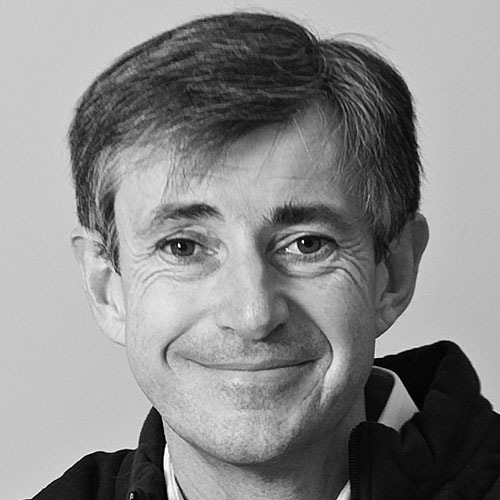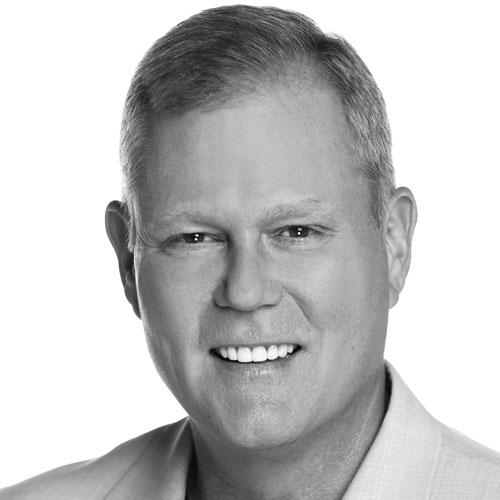With projected world population growth from today’s 7.2 billion to 8.3 billion in 2030 and 9.6 billion in 2050, innovating food production is a necessity—and HM.Clause is working to make that happen.
“I didn’t know when I came to interview here that we’re not just a vegetable seed company; we’re a research organization owned by a French co-op of farmers,” says Olga Longan, of HM.Clause’s $2.2 billion parent company, Limagrain.
Although global chief financial officer Longan does have a background in food, having worked for Sara Lee from 1995 to 1999, the position at HM.Clause may seem like an improbable fit. Food retailing is dramatically different from what HM.Clause does. “I’m not a green thumb, and I thought, ‘Oh, you’re a seed company? Okay, you put a seed in the ground. You put in a little water to it, and you just pray that it grows,’” she says. “But it’s multidimensional.”
Beyond the main goal of improving yields, she says, food research is also about the taste and look of a vegetable. Whether you realize it or not, when you go to the supermarket, your brain is noting your likes and dislikes as you scan through the vegetable bins. For example, in the United States, consumers prefer bright red tomatoes and avoid the ones that are pale. But different cultures have different preferences.
Food research is about even more than that. For example, there’s the issue of germination, which is critical for food production. There’s also the problem of disease resistance, which in some cases will wipe out entire crops. “The amount of work that goes on behind the scenes is fascinating,” says Longan.
In addition to this complexity, HM.Clause differs from Longan’s past work in another key way. “In food retailing, you worry about many different things that affect the end consumer: the potential of people getting sick or about general consumer trends and preferences, so you empathize with your end customer,” she says. “At a seed company, it’s different. You really feel for the farmer. This is somebody who is literally tilling the soil. They’re hardworking. You want to help them maximize their crops by providing them with the best products that you possibly can give them, because they’re going to be feeding families and children from that. And that’s what inspired me about this company. Senior management is very focused, and they know the business, but they’re also very humble; everyone here has a concern for truly feeding the world.”
When Longan joined HM.Clause, the company was in a period of transition, with two seed companies combining into a single business unit. It’s taken two years, but the two entities—Harris Moran in the United States, and Clause SA in France—are finally operating as one, with one mission and one set of leaders—leaders who are committed to figuring out how to feed the world.
One way they’re doing that, says Longan, is by participating in the Challenge 2050, a coordinated effort headed by the University of Florida to help figure out how to feed the 9.6 billion people who will populate the world by 2050. According to the Food and Agriculture Organization of the United Nations, 805 million people are suffering from hunger today in the world. and for HM.Clause, the challenge of feeding 9.6 billion people can be answered by increasing agriculture production by 70 percent.
That’s one reason HM.Clause is partnering with premiere agricultural research institutions such as University of California Davis and the University of Florida. “These educational facilities understand that we have a problem on our hands,” Longan says.
HM.Clause is partnering with the University of Florida to create a leadership program to develop and empower leaders, from students to professionals, to propose and implement bold, visionary solutions. “If you think about it, it’s not just feeding the world; it’s about helping the world feed itself,” Longan says. “There is a multitude of issues that surround what sounds like a very simple initiative. You have to think about farming, water supply, health, and disease systems. So we, as part of a larger group that includes the University of Florida and other large companies, are trying to figure out a way to effect change in countries that are going to be particularly hard hit, and actually help mitigate what could end up being mass starvation.”
Meanwhile, HM.Clause has worked with the University of California–Davis to expand programming at the institution’s seed biotechnology center, a critical resource for the seed industry and a vibrant part of the university. “This center, which is an initiative that is financially supported by HM.Clause, will be used to overcome research and development issues, such as seed germination problems,” says Longan, who acknowledges it couldn’t happen at a more suitable location. The University of California–Davis, she says, is the best agricultural school in the world. Moreover it is an area of California where all of the seed companies are represented—it is often referred to as “seed central.” “If you think about emerging hubs of agriculture discovery, innovation, and business development,” Longan says. “The University of California–Davis is the center of the nation, basically, when it comes to worldwide efforts to translate any scientific breakthrough in agriculture into new technology that’s going to improve practice and promote economic development.”

